Gone are the days when people bumped into their colleagues in the cafeteria or fought over the right room temperature.
The idea of an office has evolved from maximising the floor space to becoming the hub for creativity and collaboration.
Business leaders around the world are redefining their workplace strategies to create flexible, tech-enabled, future proof workplaces. This is the future of office.
The office, as we knew it, has changed dramatically. In extension, it defines the future of work where sustainability and resilience lead to creating an inclusive environment.
Redesigning the office for flexibility
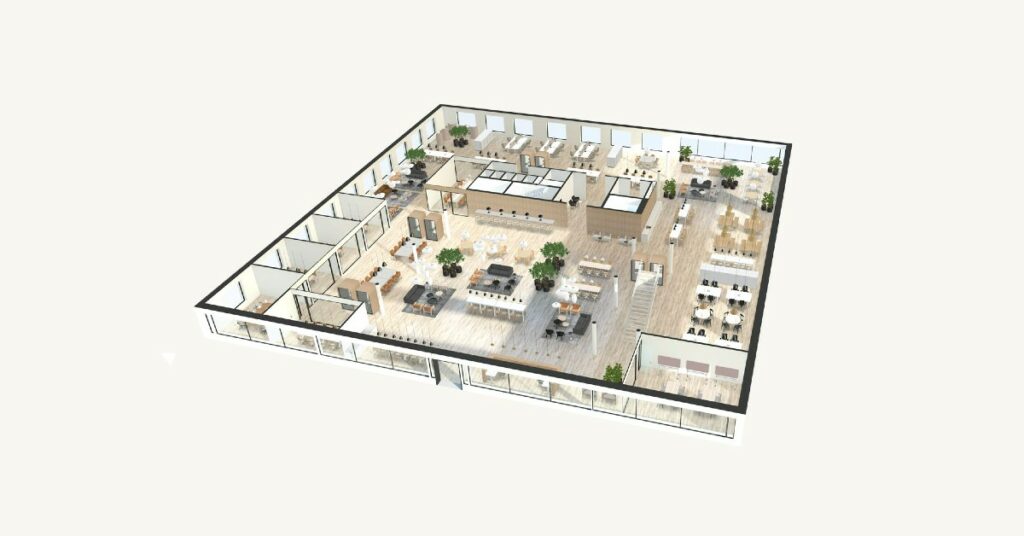
The primary definition of the office hasn’t changed. It still remains a space for employees to perform work supporting the various objectives of an organisation.
However, how the office looked is changing in a way that was not anticipated earlier.
Last year, LinkedIn opened its new office space with more than 75 different seating types, a design where desks were no longer the primary focus.
LinkedIn’s office was designed to promote hybrid work and in many ways, it was an answer to “what office would look like in the post-pandemic world”.
In the quest to redesign office space, LinkedIn is not alone. Cisco’s redesigned New York Office is so packed with technology that it collects 5,000 data points.
Every major world event has had an impact on office design. The most recent redesign of the workplace is in the earnest of the pandemic.
What started as plexiglass dividers and floor decals has transformed to a workplace that does not resemble the workplace that most people left when the pandemic first began.
With European office occupancy rates increasing from 43 per cent in June 2022 to 55 per cent in February 2023, the role of office real estate has changed.
According to JLL Research, the key factors in office redesign are hybrid work, environmental and social aspirations, partnerships, investment in quality space, and intelligent technology investments.
“Decades ago, a transition started away from cubicles, individual workspaces towards activity-based working,” says Anders Jepsen, CEO of NORNORM, a Danish startup that offers a fully circular, subscription-based furnishing model.
For some, the idea of office furniture may be an afterthought. However, in this evolving office era, furniture is not just becoming important but plays a key role in delivering experience.
Creation of an adaptive office
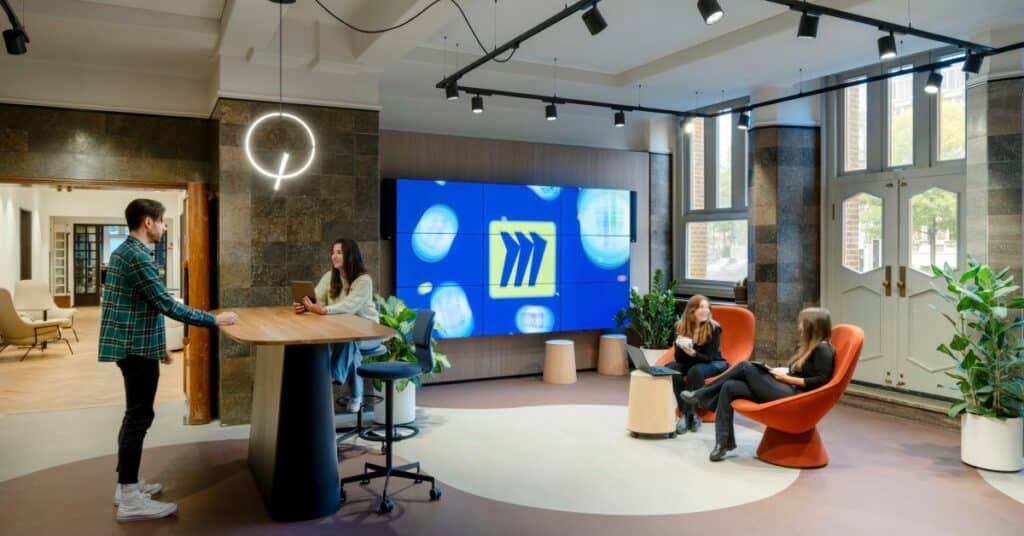
Traditionally, businesses approached furniture purchase without factoring in the evolving needs or change in circumstances.
But the pandemic has made clear that workplace needs will remain unpredictable. “Rather than spending time on guessing, it is going to be much more effective to stay agile and flexible,” says Jepsen.
As a maker of circular and subscription-based furniture, NORNORM calls the future of the office as one that is adaptive.
“They expect it to fit their needs for today as well as tomorrow,” Jepsen says, explaining the process of office redesign of its customers.
“If they change the way of working or use their office, they expect the workspace furniture will be adapting accordingly,” he adds.
To really see this adaptable office in action, all one has to do is look at Miro’s headquarters/flagship office in Amsterdam.
Called Living Lab, the office is not only an example of an adaptive office but also one that reflects the transformation of a growth startup.
During the pandemic, Miro grew from ~200 employees in two locations to nearly ~1,800 employees across 13 locations.
“Due to the high growth during the pandemic, we doubled down on flexible office space with not a lot of room for customisation,” says Daaf Serné, Global Head of Workplace at Miro.
Post pandemic, Miro’s flagship office in Amsterdam and the newly opened office in Austin are designed with the intent to bring employees back to office.
It began by asking employees what their ideal working space would look like and Serné says input from employees played a key role in design, planning, and evolution.
The resulting office is a flexible and intentional in-office experience centred around nature, well-being, and meaningful interaction.
Serné elaborates, “Our Living Lab features hundreds of plants, sustainable decor, moveable, custom-designed rented furniture that can be endlessly reconfigured, and dedicated spaces to collaborate, do focused work, rest, recharge, socialise over meals, pray, meditate, and more.”
How flexible is the office? A single space can be modified to serve multiple purposes depending on the changing needs of the Miro team – from an onsite team all-hands, to a hybrid client brainstorm, to an evening networking event.
Sustainability and Technology at the core

Another factor playing a key role in the future of the office is sustainability. Jepsen says the most forward looking customers do talk about sustainability and circularity.
“You can’t have a strong ESG agenda and then continue buying furniture which eventually results in unsustainable wastefulness,” he says.
At Miro’s Amsterdam office, sustainability is one of the key design pillars with approximately 8 per cent of the office space dedicated to nature.
“In these new spaces, Miro takes a biophilic approach to design where nature is at the centre,” Serné explains the design philosophy.
This design ideology stems from research which has indicated spaces with increased volumes of greenery contribute to happier, healthier, and more relaxing workplaces.
At Miro 1, the plants are “strategically placed in stairwells to attract people to use the stairs.”
Another way that Miro extends its sustainability goals is by working with NORNORM for its furniture needs.
Miro’s subscription allows them to get furniture that can move in and out based on people’s changing needs or preferences or unique style of working.
At the Living Lab, 60 per cent of the furniture is provided by NORNORM while the company has also provided workstations, collaboration furniture, social/canteen furniture, and soft seating at Miro’s Austin office.
The office of the future is also finding support in the regenerative business model adopted by the likes of NORNORM.
Workplaces disrupted
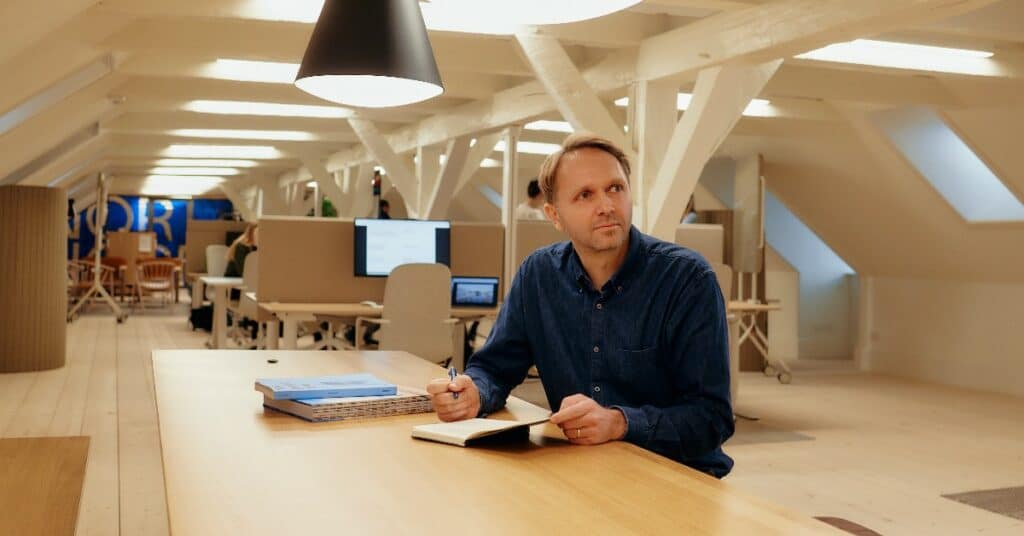
One thing is clear: the post-pandemic world is seeing a disruption in the workplace unlike any before it.
The changing nature of the work, adoption of technology and desire to meet sustainability goals is driving a major transformation of workspaces.
Jepsen says the big takeaway is that the office is no longer just a cost centre for businesses.
“It is an opportunity to strengthen the culture and collaboration of a company and an enabler for more creative and motivated employees,” he says adding, “Furthermore, it is a possibility to take a stand on sustainability.”
He says all companies need to make a choice when it comes to contributing to creation of a more sustainable circular economy.
It will take some time to reach there but small steps like offering a subscription based workspace with full flexibility to design or redesign the office as needs change without generating waste is a great start.
“By subscribing to furniture, it not only allows us to scale flexibly, but also supports us in promoting the well-being of employees, businesses, and our planet,” says Serné.
When all offices meet certain sustainability goals and support circular models, we can say workplaces are truly disrupted and the future of the office is intelligent and incredible.



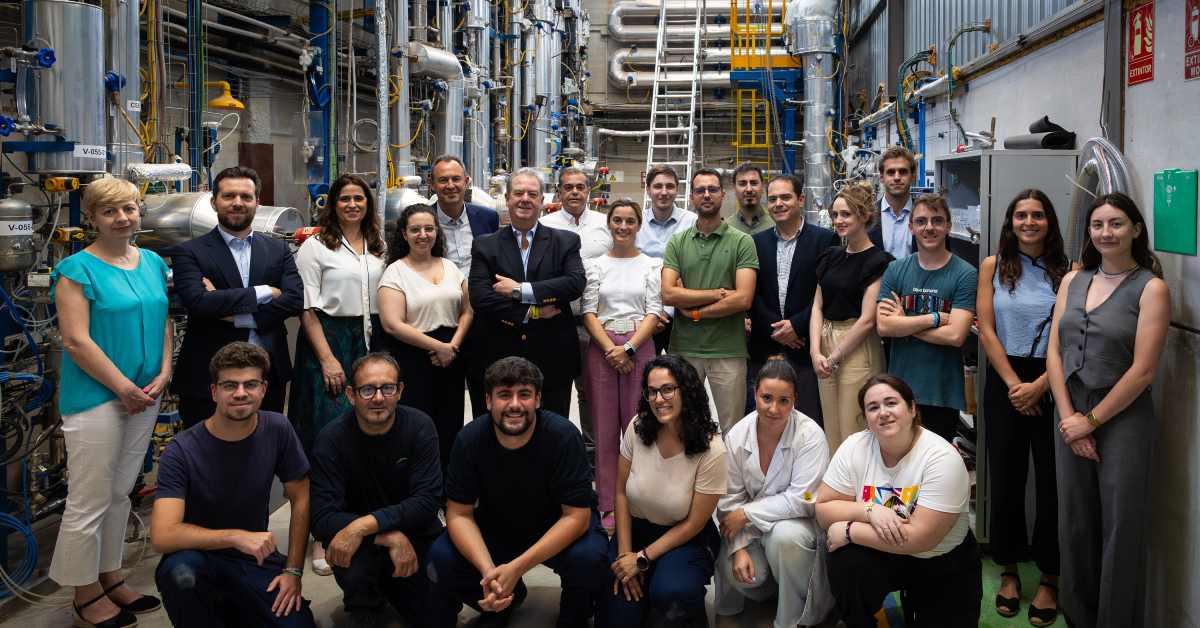


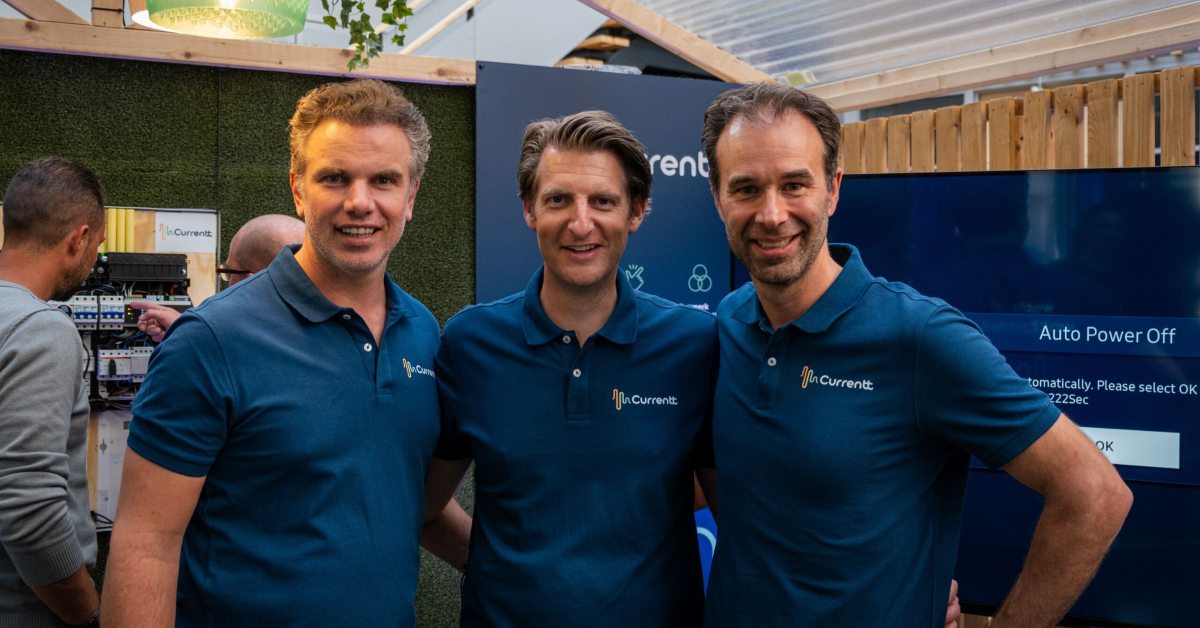
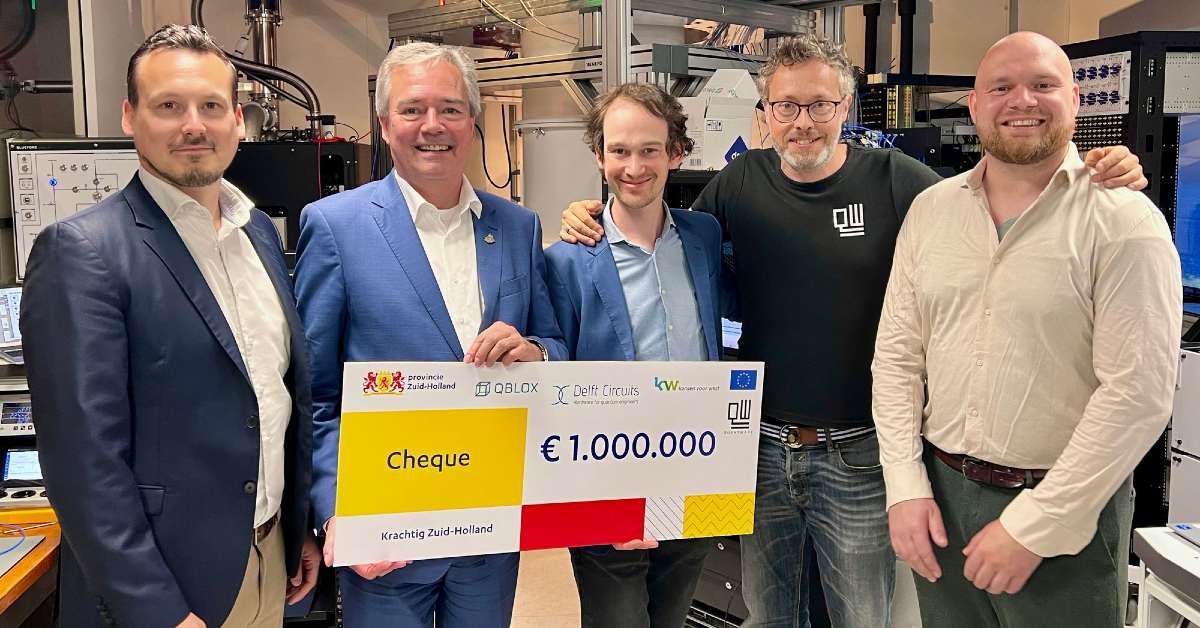
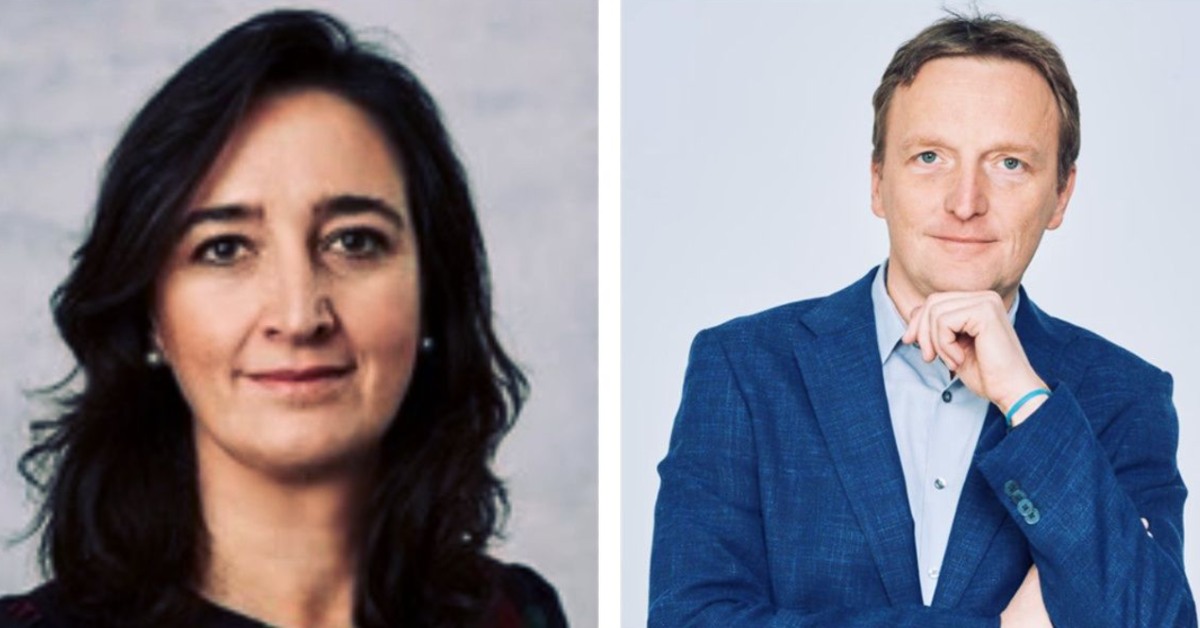

01
From telecom veteran to Dutch Startup Visa success: The Jignesh Dave story